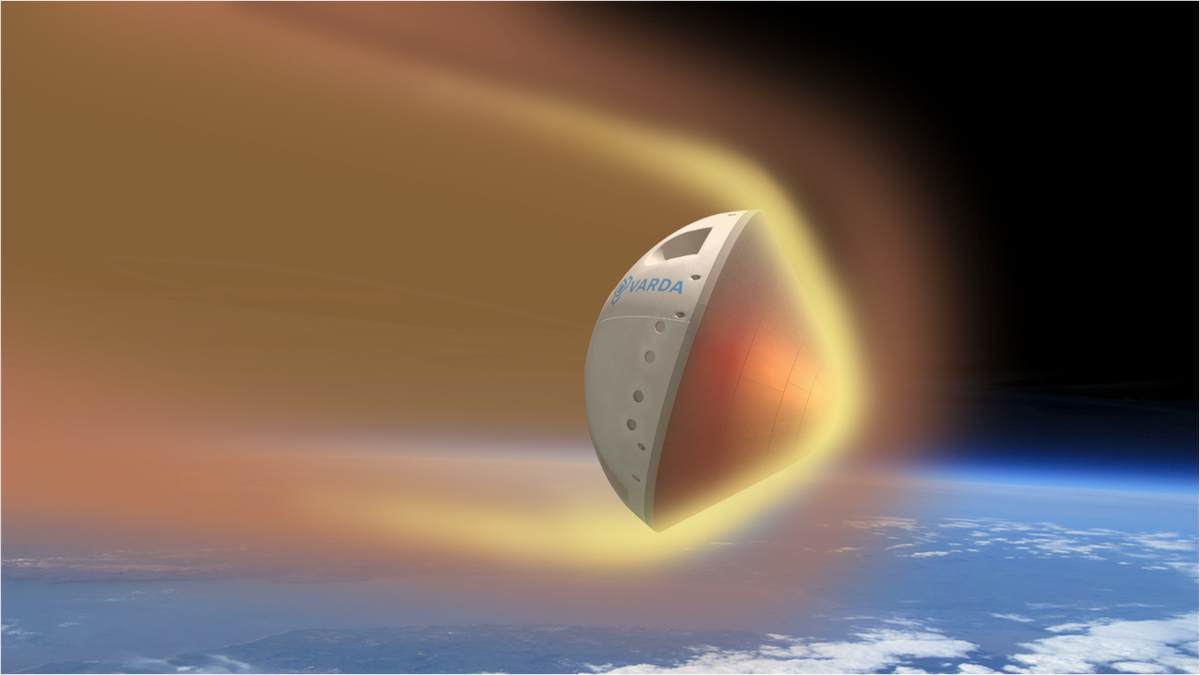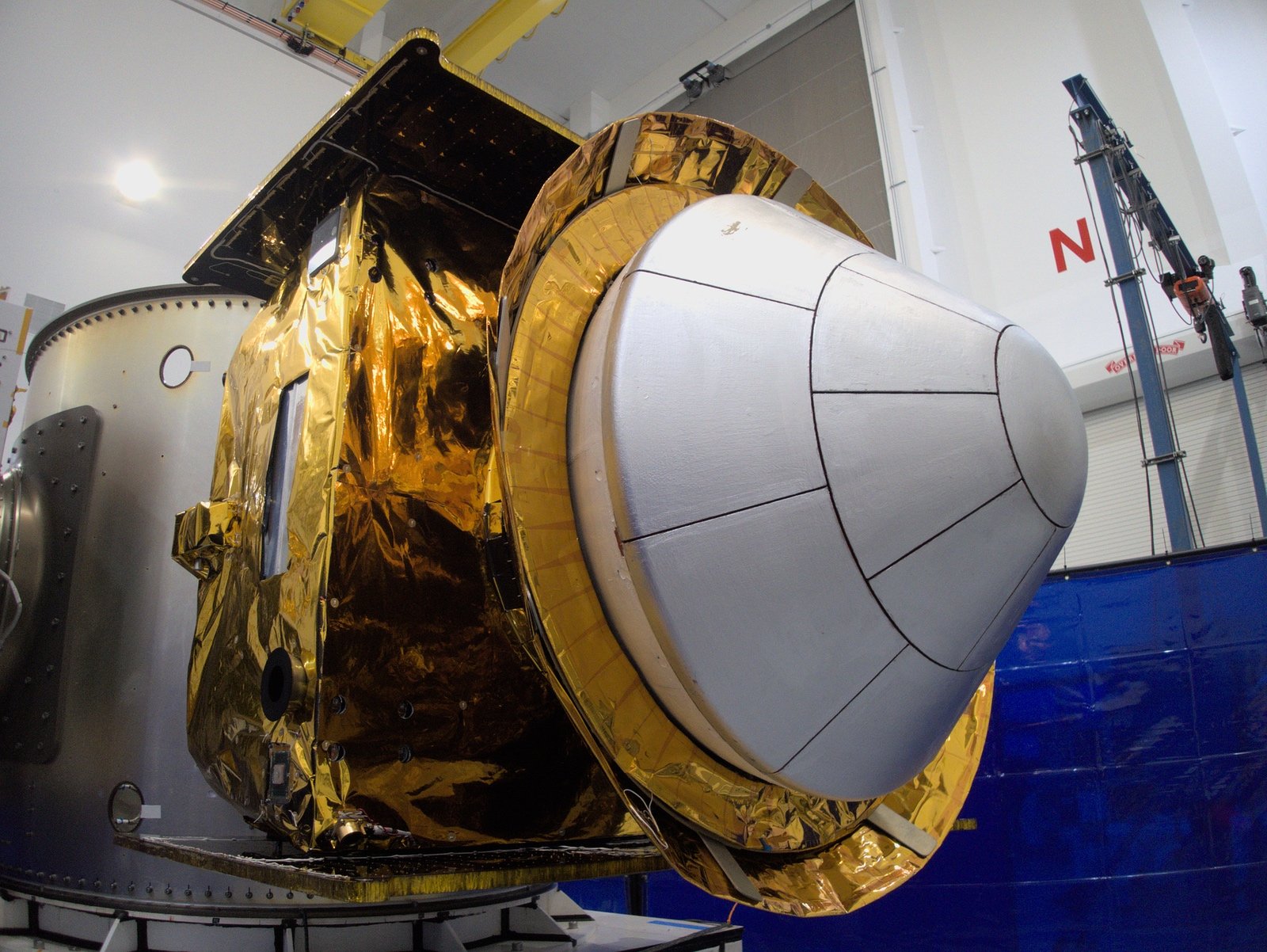In a monumental stride towards the future of space exploration, California-based Varda Space Industries is gearing up for a historic moment as its first in-space manufacturing project, the W-1 mission, prepares to return to Earth. This groundbreaking venture has received approval from the U.S. Federal Aviation Administration (FAA), allowing the conical capsule to land in northern Utah. As Varda Space Industries pioneers pharmaceutical manufacturing in space, the upcoming re-entry of the W-1 capsule marks a crucial milestone in the intersection of space technology and terrestrial industries.
Who is the founder of Varda Space Industries?
Varda Space Industries emerged from the collaboration of three individuals: Will Bruey, an experienced engineer from SpaceX; Delian Asparouhov, a venture capitalist with a knack for spotting potential; and Daniel Marshall, an enigmatic figure whose role remains mysterious. Bruey’s expertise in space technology, Asparouhov’s financial acumen, and Marshall’s contributions combined to fuel Varda’s ambition. Together, they aimed to revolutionize manufacturing and push the boundaries of human achievement by harnessing the unique environment of space. Their collective vision birthed the idea of factories orbiting Earth, poised to transform the landscape of industry.

The Regulatory Odyssey
Securing approval for the W-1 capsule’s re-entry has been no small feat for Varda Space Industries. The company navigated through regulatory challenges posed by both the FAA and the U.S. military, emphasizing the complexity involved in integrating cutting-edge space initiatives with existing Earth-based regulations. The recent green light from the FAA serves as a testament to Varda’s perseverance and commitment to pushing the boundaries of in-space manufacturing.
The Countdown to Re-Entry Varda Spacecraft
On February 21, the 3-foot-wide (0.9 meters) conical capsule is set to re-enter Earth’s atmosphere, unfolding a series of meticulously planned events. Equipped with parachutes, the capsule will gracefully touch down at one of two U.S. military sites west of Salt Lake City – either the Utah Test and Training Range (UTTR) or the neighboring Dugway Proving Ground. This occasion will mark the second spacecraft landing in northern Utah within five months, following NASA’s OSIRIS-REx mission in September 2023.
In-Space Manufacturing Marvels
Varda Space Industries distinguishes itself by offering customers the unprecedented opportunity to manufacture products, particularly pharmaceuticals, in the unique environment of space. The advantages of in-space manufacturing, as highlighted on Varda’s website, stem from the absence of convection and sedimentation forces, coupled with the ability to create flawless structures due to the lack of gravitational stresses. These effects are said to be ‘locked’ into the material through processes like material crystallization before being transported back to Earth.

Why do we manufacture in space?
Manufacturing in space, while still in its early stages, holds the potential for some unique advantages over Earth-based production. Here are some key reasons why we might choose to manufacture things in space:
Unique Environment:
- Microgravity: This near-weightless environment allows for processes impossible on Earth. For example, creating purer and larger crystals for semiconductors or pharmaceuticals, thanks to reduced convection and sedimentation.
- Vacuum: The near-perfect vacuum in space enables specialized manufacturing techniques and eliminates the need for cumbersome and energy-intensive air filtration systems.
Resource Availability:
- Abundant Resources: Asteroids and other celestial bodies hold vast reserves of valuable materials like platinum, iron, and nickel, readily accessible in space.
- Solar Power: Unobstructed access to sunlight provides abundant and clean energy for powering space-based manufacturing facilities.
Logistics and Economics:
- Reduced Launch Costs: Once established, manufacturing certain products in space could be more economical than launching them from Earth, especially for heavy or bulky items needed in orbit.
- Space Tourism & Infrastructure: As space exploration grows, building infrastructure and catering to space tourism might benefit from localized manufacturing.
The W-1 Capsule’s Cosmic Journey
Launched in June 2023 as part of SpaceX’s Transporter-8 rideshare mission, the W-1 capsule embarked on a mission to grow crystals of Ritonavir, an antiviral drug used in treating HIV and hepatitis C. Originally scheduled for a return after a month or two, the capsule faced delays in securing re-entry approval, extending its stay in orbit. The recent clearance opens the door for the capsule’s safe return to Earth, bringing with it valuable insights and potentially revolutionizing pharmaceutical manufacturing.
What does Varda manufacture?
Varda Space Industries is a company focused on manufacturing satellites and space infrastructure components. They aim to make space more accessible by streamlining the process of building satellites and other space-based systems. Varda’s goal is to accelerate humanity’s expansion into space by providing reliable and cost-effective solutions for companies and organizations looking to deploy assets in orbit.
Integration of Varda capsule into Rocket Lab Photon Satellite
The ingenious integration of the Varda capsule into a Rocket Lab Photon satellite adds a layer of sophistication to the mission. The Photon provides essential services, including power, propulsion, navigation, and communications. As both the W-1 capsule and the Photon hit Earth’s atmosphere on February 21, this integration showcases the fusion of advanced satellite technology with the practical demands of re-entry and mission success.
Future Landings and Global Expansion
While the W-1 landing is set to make waves in northern Utah, Varda Space Industries has broader plans on the horizon. A strategic deal has been struck to bring some capsules down in South Australia, illustrating the company’s global vision and commitment to expanding the reach of its in-space manufacturing initiatives.
Conclusion
Varda Space Industries’ W-1 mission and the imminent return of its in-space manufacturing capsule epitomize a significant leap forward in the domain of space exploration. The regulatory triumph, coupled with technological innovation and the potential for pharmaceutical breakthroughs, underscores Varda’s role as a trailblazer in redefining the possibilities of space-based industries. As the W-1 capsule descends to Earth, it symbolizes not just a return journey but the opening of new frontiers in in-space manufacturing, where the realms of space and industry converge for a transformative future.





